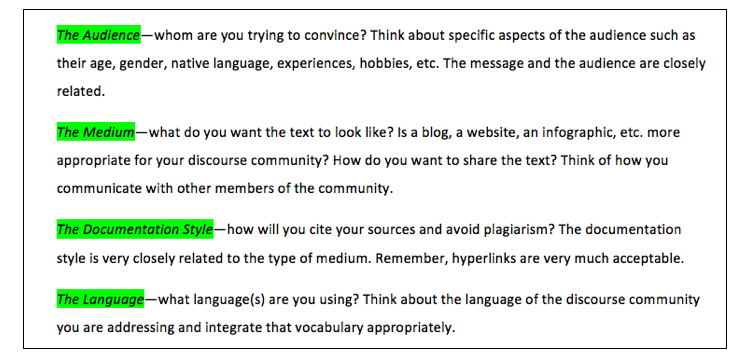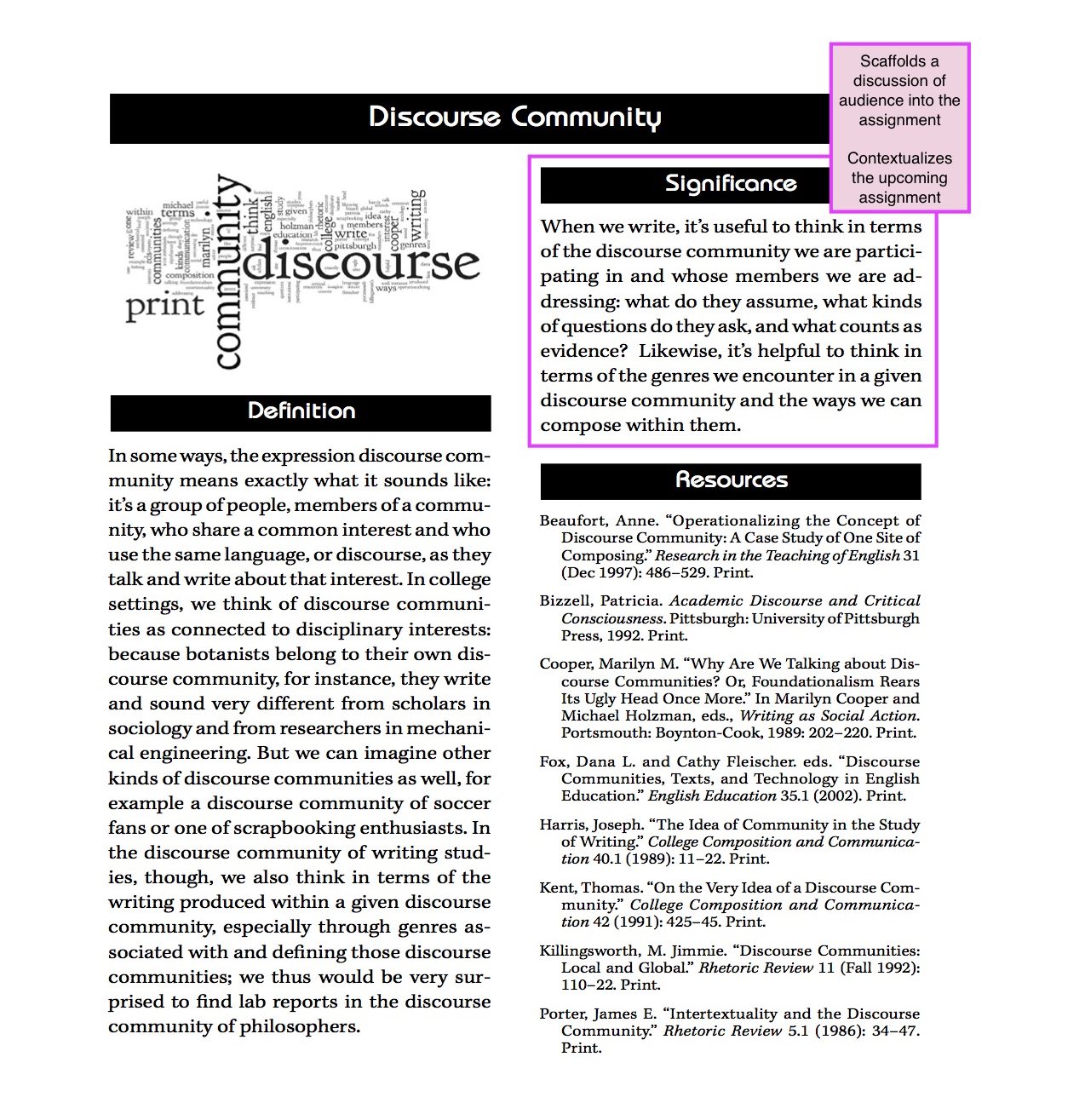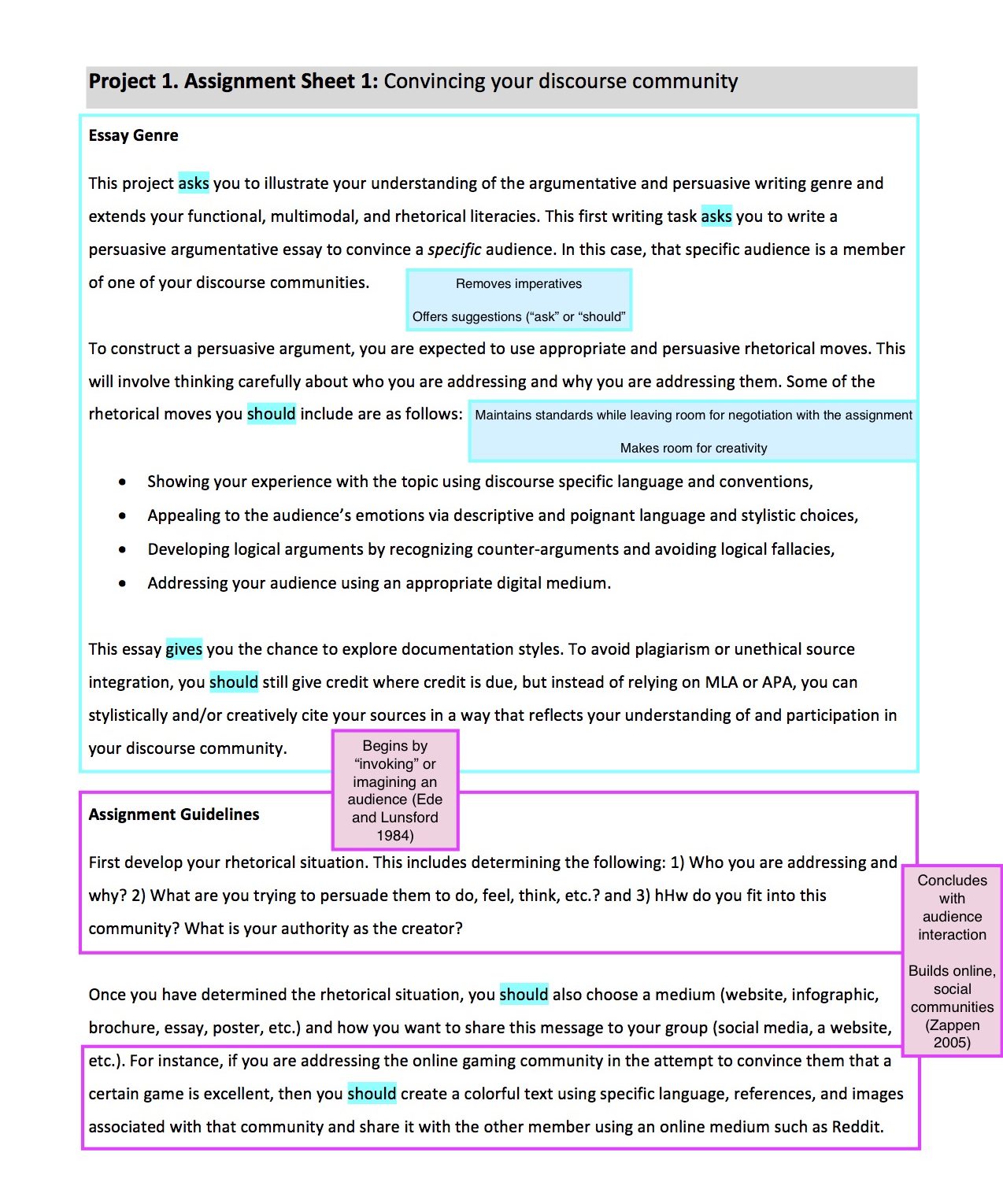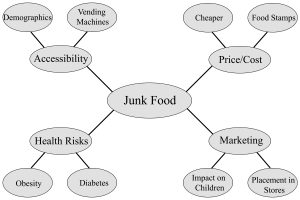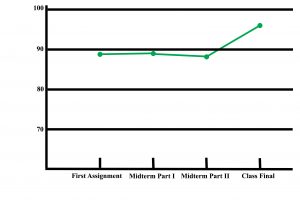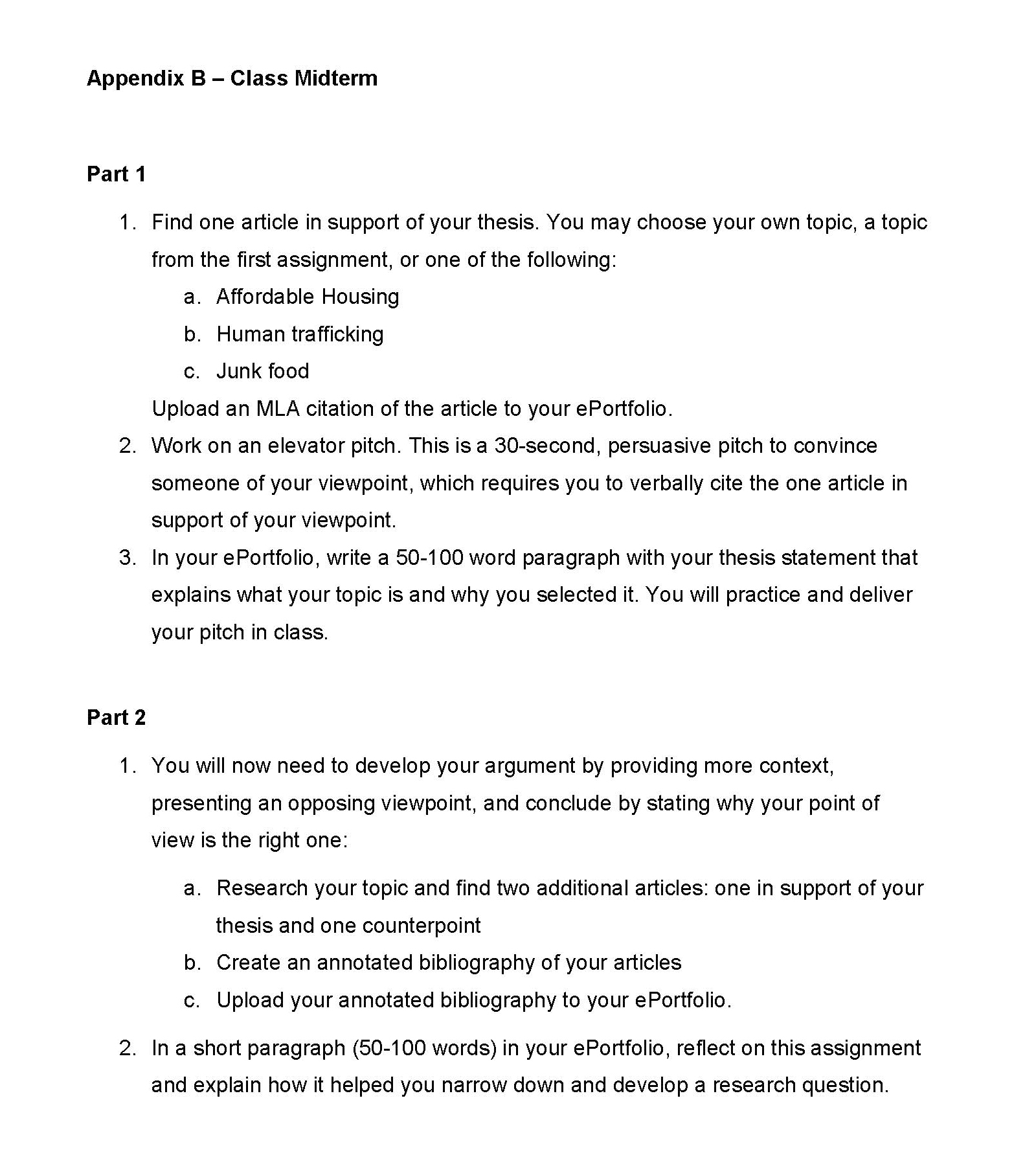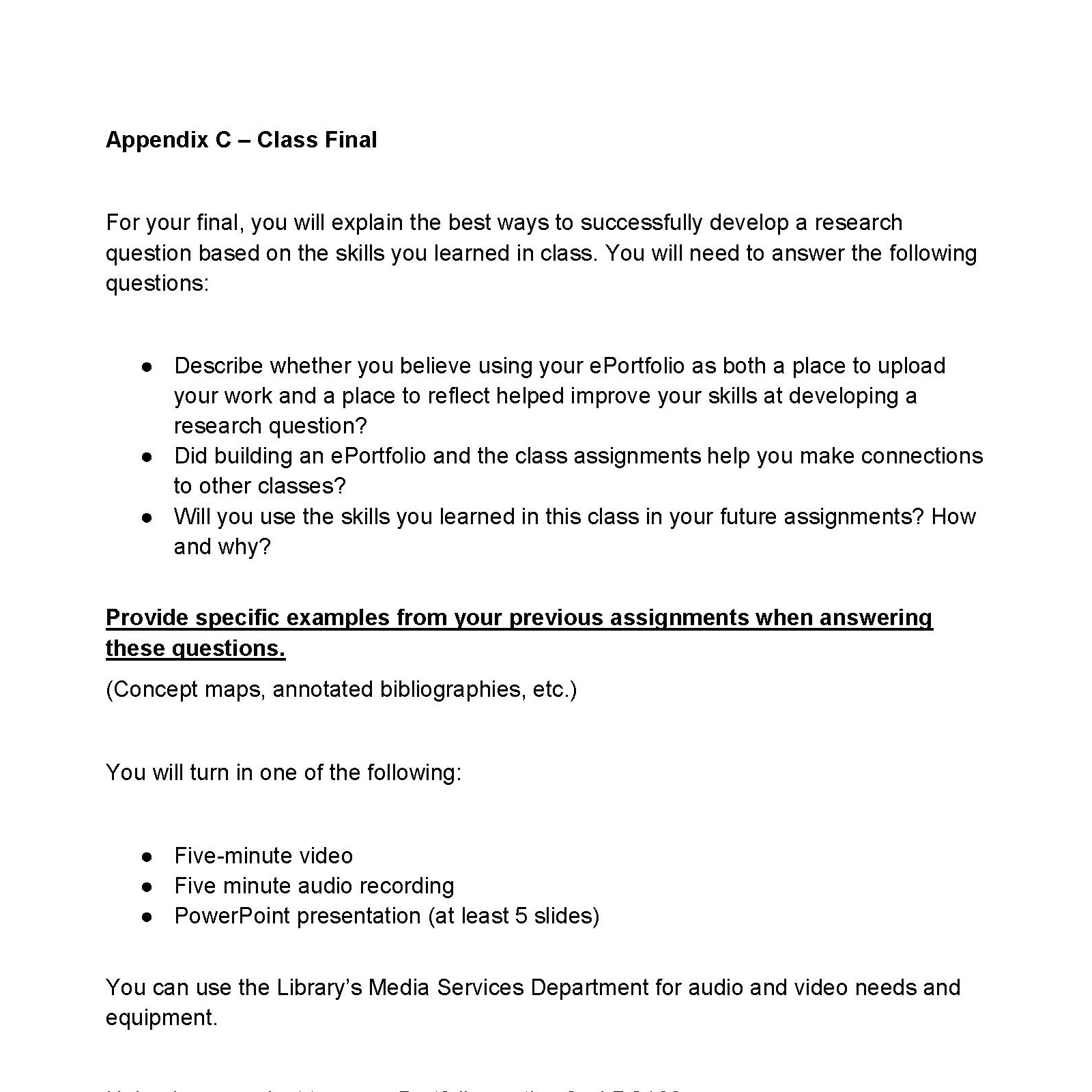“For 100 years now, we’ve been singing war songs about addicts. I think all along we should have been singing love songs to them. Because the opposite of addiction is not sobriety. The opposite of addiction is connection.”
– Johann Hari, “Everything You Think You Know About Addiction is Wrong”
“Instead of thinking about addiction, it makes more sense to explore how we are vulnerable to certain things that technology offers. The path forward is to learn more about our vulnerabilities and design around them. To do that, we have to clarify our purpose.”
– Sherry Turkle, “How to Teach in an Age of Distraction”
Introduction
The more digital studies/digital humanities has increasingly become the focus of my teaching and research over the past few years, the more I am convinced there is something deeply problematic about deploying the figures of addiction and drugs in relation to technology. In a recent article published in the journal Enculturation, “This Fragile Machine: Technology, Vulnerability, and the Rhetoric(s) of Addiction,” I outlined my concerns in some detail, but this analysis was based primarily in rhetorical theory with little discussion of the pedagogical ramifications of the argument. What follows here, then, is an attempt to articulate how my previous contentions might affect classroom attitudes and practices, so as to prevent teachers and students from unwittingly importing the draconian logic of the War on Drugs into the classroom, in particular, with regard to digital device usage.

Figure 1: Woman Snorting a “Line” of Facebook
My outline for investigating the above questions and concerns is as follows: I begin by briefly considering the prevailing attitude toward classroom technologies, wherein they are viewed as addictive substances, brain-damaging “drugs” upon which students (and certain teachers) are irrepressibly “hooked.” I then articulate my reservations with rhetorically framing technology in this way, while looking at how students in my upper-division Digital Writing course responded in academic blog-form to the question “Am I addicted to technology?” They were primed for this assignment by reading and discussing my Enculturation essay, along with watching a TED Talk by Johann Hari titled “Everything You Think You Know About Addiction is Wrong.” As I share these materials along with my own arguments, from the outset I will strive to articulate what pedagogical implications may be at stake if one were persuaded by them.
At the same time students were considering the question of technology addiction, they were tasked with collecting autoethnographic observations on their social/digital media behaviors (something Margaret “Peg” Syverson inspired me to do after introducing me to the qualitative assessment tool Learning Record Online). Throughout, I share some of the students’ most interesting field-notes in the form of textual interjections, and suggest how one might evaluate them according to different rhetorical frameworks. Sharing this quasi-anthropological data, information which attempts to be as “neutral” as possible, is especially valuable because it evinces how students can be legitimate co-producers of knowledge, and are not bound by the reductive characterizations of their media practices many foist upon them. Indeed, through this assignment many students came to see how “drugs” and “addiction,” when applied to technology, are bound to specific rhetoric and not obvious clinical or psychological facts.
Finally, I share some insightful remarks from students’ blog-posts on technology addiction, and speculate on how they might lead educators to transform their attitudes/positions and pedagogical practices. I hope that sharing these findings serves as a launching pad for further discussion and debate.
What’s Wrong with the Rhetoric of Addiction?
At the risk of over-generalizing, it strikes me that most people, professors and students included, apply the rhetoric(s) of drugs and addiction to technology with little hesitation, assuming the parallel is obvious, unaware of the problematic consequences of doing so. Oftentimes, such analogies are perhaps simply “slips,” like when Sherry Turkle describes student-users as “drinking the [presumably cyanide-laced cult] Kool-Aide” (Digital Nation). But others are far less subtle. For instance, Gary Small states:
“When we think of addiction, most of us think of alcoholism or drug abuse. But the easy access, anonymity, and constant availability of the Internet … has led to a new form of compulsive and dependent behavior – techno-addicts. The same neural pathways in the brain that reinforce dependence on substances can reinforce compulsive technology behaviors that are just as addictive and potentially destructive.”
Following Small’s line of thought, scores of materials have been produced in recent years decrying a new cultural epidemic, where digitization is framed as outright dangerous, even capable of, in Nicholas Carr’s words, “threathen[ing] the depth and distinctiveness of the self … [along with] the depth and distinctiveness of the culture we all share” (196). Works like Carr’s The Shallows, and others in its genre like Mark Bauerlein’s The Dumbest Generation, Nicholas Kardaras’ Glow Kids, and Damon Zaharides’ Digital Detox (the latter two of which have the term “addiction” in their subtitles), however alarmist they may be, have struck a chord and met with incredible commercial success. A quick Google search for “technology addiction” and “cell phone addiction” collectively result in nearly one hundred forty million hits, with hundreds of articles from sources ranging across the entire political news spectrum.
The medical community has gotten increasingly involved in the discussion as well, for instance, via debates over whether “Internet Addiction” is a medical disorder worthy of inclusion in the Diagnostic and Statistical Manual of Mental Disorders, Fifth Edition (Pies). And countries like South Korea have already declared “a public health crisis,” instituting programs to develop healthier tech-use habits for students of all ages (Digital Nation). By no means am I outright naively rejecting the claims of those concerned with digitization’s problematic affects/effects, but I do want to rigorously interrogate how such worries are troped or figured.
“The hospital lost my phone when I was admitted to the ER. During my hospital stay I kept reaching for it to check things. But I couldn’t look at it because it was lost. I felt very uncomfortable and disconnected.”
– Student Autoethnographic Observation (emphasis mine)
I imagine most people, scholars included, because they have no alternative rhetoric for framing this example, would think it obvious that a student worried about checking their phone while in the Emergency Room is an “addict,” with all the troubling conceptual baggage attached to the term. As will become increasingly clear, however, what if one were to focus here instead on the irrepressible need for connection or bonding, especially in a frightening or painful situation?
Given the possibility for alternative interpretations, it’s surprising one still finds even someone like champion of technology Clay Shirky making the following observation in a recent post: “Multi-taskers often think they are like gym rats, bulking up their ability to juggle tasks, when in fact they are like alcoholics, degrading their abilities through over-consumption” (emphasis mine). So why should statements like this give one pause? In response, permit me to briefly summarize the claims contained in my essay “This Fragile Machine,” while extending them into pedagogical territory:
(1) “The Addict” has solidified into an identity that contains numerous problematic assumptions: identities are largely fixed and unchanging; the addict uses drugs to escape reality; the addict suffers from a deficiency of “will”; the addict’s life is in inescapable decline; the addict’s habits can be overcome only through resolute abstinence; hence, addiction/drugs, including digital technologies, must be harshly regulated and punishment can serve as an effective deterrent. [1]
When one refers to students or anyone else as addicts, without realizing it, one not only ascribes them an essentializing identity, but one with a serious stigma attached to it. And since identities are viewed as largely intractable, I heartily agree with Turkle that “discussing the power of technology in those terms makes people feel powerless. It is as though they are facing something that is by definition more powerful than they could ever be.” Ascribing someone an identity can make it seem as though there is no way to change or modify it, say, through an ethics of “hygienic” self-care, and so the only way to discipline/control the techno-addicted, supposedly weak-willed student is to force them to abstain from “using.”
“During my Physics [class], the teacher began talking about things that did not seem relevant. … About 2/3 of the class seemed to be using cell phones or laptops to do other things. Some were on both laptops and cell phones. I myself was scrolling through Twitter, Instagram, and imessage simultaneously.”
– Student Autoethnographic Observation (emphasis mine)
Provided observations like the above, it would be folly to ignore that sometimes classroom technology produces undesirable effects like distraction and detrimental cognitive modification, but ascribing identities can rob students of the opportunity to learn classroom-appropriate practices and to take responsibility for employing them. This is likely what Shelley Rodrigo has in mind when she contends: “[s]tarting with what the students already do works not only because we are going with the flow; … it is because it is going with their flow.” And it is not only a matter of going “with” the flow, but guiding that flow in an effective, insightful manner, versus, say, the above physics classroom, where it seems the problem is not addiction, but boredom, disengagement, disconnection, and ineffective pedagogy.
(2) Even if one views addiction as the cyclical or algorithmic repetition at the heart of all behavior, the rhetoric of drugs is saturated with innumerable “moral” norms and prohibitions; hence one will likely feel ashamed or guilty if one cannot abstain.
Scholars influenced by deconstruction such as Avital Ronell have suggested the stigma surrounding addiction might be lifted by seeing it as tied not to specific habits but rather all behavior. (More precisely, addiction is viewed here as an existential structure.) However, since the rhetoric of drugs/addiction is so tropologically loaded, I have difficulty accepting this approach will alleviate the “bad conscience” of students, absolving them of the guilt or shame they feel for “using.” After all, this approach still suggests tech-users are addicts, even if it moves away from viewing addiction as something attributable to the weak-willed. In fact, the universalization of addiction might even exacerbate the problem at issue.
(3) In contrast to specific technologically-oriented behaviors, vulnerability/“openness” to affection by technology is inescapable. A posthuman approach highlights this exposedness, and thus challenges assumptions regarding identity, will, abstinence, guilt, and more.
A liberal humanist view of subjectivity suggests rationality grants human beings untrammeled freedom to act (“will”) without regard for contextual material conditions—including everything from race, class, and gender, to technologies available within one’s environment. This approach not only doggedly continues to influence the whole of contemporary society, from politics to law to economics, but provides the assumptions necessary to brand students as addicts who can be seduced by the allure of technology and “morally” fail to resist. By contrast, in the words of Shirky, “I’ve stopped thinking of students as people who simply make choices about whether to pay attention [or compulsively use technology,] and started thinking of them as people trying to pay attention but having to compete with various influences.” In short, if students are non-declinably open to affection by technology, not only is it unfair to stigmatize their compulsive digital inclinations, but as Shirky notes, the greater responsibility lies with capitalist technologies purposely “designed to distract” as opposed to some flaw in students themselves. Such an approach urges one to not make students feel ashamed for technology-use, and that punishing them for partaking will ultimately fail as a deterrent (just as it has abjectly failed to end the War on Drugs), as well as precluding critical discussions of how certain media platforms or specific facets of them are built to be “addictive.”

Figure 2: Syringes Labeled as Social Media Platforms
Although students seemed intrigued by my own claims regarding the rhetoric of technology addiction, it was clear from their blog-posts they were persuaded most deeply by Johann Hari’s TED Talk on addiction writ large. For one, Hari challenges whether the rhetoric of addiction is viable at all, suggesting “maybe we shouldn’t even call it addiction. Maybe we should call it bonding. Human beings have a natural and innate need to bond, and when we’re happy and healthy, we’ll bond and connect with each other, but if you can’t do that … you will bond with something that will give you some sense of relief.” The language of “bonding” that evokes the psychoanalytic concept of libidinal ties, not only helps diminish the stigma attached to addiction, it suggests students are driven to use technology—social media platforms in particular—not because they’re trying to evade reality or are looking for a dopamine fix, but because they’re simply doing what human beings are built to do: Connect.
In contrast to his progressive insights, however, one move Hari makes that gives me pause is he avers digital connections are “like a kind of parody of human connection. [Since if] you have a crisis in your life, you’ll notice … it won’t be your Twitter followers who come to sit with you. It won’t be your Facebook friends who help you turn it around.” Rather than considering digital connections unfulfilling “parodies,” I think it far less problematic to highlight the various affordances in connection across different mediums. For example, face-to-face connection provides the affordances of physical touch, eye-contact, smell, “chemistry,” and so on, whereas online connection provides the affordances of multimodal interaction that surpasses speech/graphical writing along with extending connection beyond one’s geographic and temporal proximity. In other words, one can posit the importance of face-to-face connections without suggesting said connections are somehow more “authentic” than digital ones. As twenty-first century educators, helping students to navigate and balance relationship-types and their specific affordances is key, and it’s far more troublesome than helpful to suggest certain forms of desire for connection are addiction-oriented whereas others are not.
Perhaps the most pedagogically-potent observations Hari makes, though, regard Bruce Alexander’s psychological experiments with “Rat Park.” The basic outline is as follows: in earlier twentieth-century tests, researchers placed rats alone in a cage with two bottles of water, one of which laced with either heroin or cocaine. In these experiments where rats were imprisoned and in isolation, they would nearly always become “bonded” to the drugged water and eventually die. Later, researchers like Alexander questioned this initial approach, and reproduced the experiments with a critical modification: the rats still had access to heroin/cocaine but they were no longer alone. Instead, Rat Park was a community wherein they could form social bonds, mate, play, and more. In these tests, the rats almost never drank the drugged water, nor became addicted and died in miserable fashion. Hari therefore asks: “What if addiction is about your cage? What if addiction is an adaptation to your environment?”
The chilling insight, then, that I had with regard to Rat Park was: What if technology “addiction” is about adapting to the “cage” of your classroom? What if it is about feeling trapped and alone, “not being able to bear to be present in your [educational] life?” For example, if students are expected to sit silently during lecture, work on assignments in isolation, or being “talked at” by the educator, that is, when they’re dis-connected, when forming social ties is not encouraged, is it surprising they would opt for the “bonds” of the Internet? Indeed, what if certain classroom spaces are even more tortuous than those of rats in isolation because students are in proximity to one other yet often explicitly forbidden to interact? Hence, I take responsibility upon myself if I notice a student checking Facebook during lecture/discussion, etc., because it signals to me said student feels disconnected from what’s happening around them. Furthermore, such occurrences highlight the need for new types of learning spaces that facilitate both analog and digital connection, dynamic environments like those Katherine Hayles has in-mind when she contends “[t]he classroom is no longer sufficient for the needs of web pedagogy; needed are flexible laboratory spaces in which teams can work collaboratively” (5). [2]
“The teacher split my Accounting class into groups to collaborate on a case study. Instead of collaborating, everyone looked for answers on the internet.”
– Student Autoethnographic Observation (emphasis mine)
Provided this example, again the rhetoric of drugs/addiction threatens to return. But what if one asked instead: Why does the student not view doing online research as itself collaborative? Is it because they’ve internalized the view that only face-to-face interaction counts as authentic engagement with others? And if the choice is between working with “strangers” in the classroom as opposed to “strangers” online–since most college classrooms don’t emphasize forming neighborly communities among peers–isn’t it less scary to engage with an “other” whose gaze one can escape?
Put another way, it seems that because collaborative practices break with individualist, humanist models of education, one cannot assume students know how to work together collectively; hence one task of contemporary education is to help develop this indispensable skill. As I often joke with students: “It’s okay—we’re all still learning how to Internet.” And I mean that in relation to face-to-face networking as well as writing online, especially since robust team-oriented projects/evaluation are still an outlier in the humanities and learning to excel at and balance various types of connections with different affordances is something that is rarely, if ever, taught.
Provided the above observations, then, there is great pedagogical significance in Hari’s concluding observation: “[I say] to the addicts in my life that I want to deepen the connection with them, to say to them, I love you whether you’re using or not. I love you, whatever state you’re in, and if you need me, I’ll come sit with you because I love you and I don’t want you to be alone or to feel alone.” As educators concerned with effective/affective bonding, isn’t this a vastly healthier message to provide students than to chastise or punish them for their so-called “addictive,” “weak-willed” behaviors? To sympathize with them for feeling caged?
“I heard my phone vibrate in my backpack while in class and resisted the urge to check the notification to avoid losing points in the class where phones are not allowed.”
– Student Autoethnographic Observation (emphasis mine)[3]
To make the analogy more explicit, if you’re a student “using” technology problematically in the classroom, I still love you; it’s apparent you’re not feeling loved or connected, so I’ll go out of my way to form a bond with you or encourage activities that lead you to bond with others, especially in contrast to the above punishment-oriented approach. In this regard, I think it’s obvious many classrooms are not emotionally sensitive spaces. To the contrary, they’re ultra-logocentric, implicitly presupposing education has nothing to do with pathos. As burgeoning pedagogues, we are rarely taught how to form healthy, meaningful connections with students, but in a society where people are lonelier and more isolated/alienated than ever, developing such connections seems increasingly exigent. Perhaps this is to suggest that concomitant with helping students/teachers became increasingly digitally literate, is a call to help them become more emotively reflexive and considerate of which types of connections are most fulfilling in which contexts and for what reasons.
“Am I Addicted to Technology?”
After being primed to question the rhetoric of drugs in relation to technology-use, what did students themselves have to say about digital “addiction,” and what might educators gain from these observations? For one, I hope it’s apparent that by valuing what students have to say about themselves, this highlights the importance of student/teacher co-invention of knowledge (and feeling!). Or as Kimberly Mair puts it, I see encouraging students to define their own relations to technology as “acknowledg[ing] the emergent shift from the expert paradigm of one-directional knowledge transfer to a collaborative model of knowledge production known as distributed expertise.” To cite and discuss the findings of students is not some mere research curiosity, but indicates a genuine desire to cultivate new frameworks for “seeing” technology in tandem with students themselves, especially since they often aren’t bogged down by traditional assumptions or vocabularies. When one is a non-millennial educated in a print-centric, humanist environment, it’s disrespectful and intellectually myopic to simply dismiss contemporary student attitudes and media practices with disdainful finger-wagging as though one Knows Better.
In fact, I contend valuing students’ experiences is one way of beginning to form the sort of emotive bonds and connections mentioned previously—especially since students were not given incentive for reaching any particular conclusion(s) and/or parroting back to me what they thought I wanted to hear. Some even explicitly disagreed with me, and I encouraged them to do so, such as Nick Konstantinidis, who remarked:
“[‘Addict’] is a vulgar word nobody likes admitting themselves to being. However, my social media usage along with the studies we’ve done in class makes me believe I am quite addicted to social media sites. When I say I’m addicted I’m not comparing myself to some of the people we’ve seen in videos such as those in [South Korea] who accumulate days’ worth of consumption at a time, wearing diapers to prevent time away from [a video] game while using the restroom. But I do find myself reaching for my phone extremely frequently checking my social media accounts, text messages, or surfing the web.”
Although the student is mostly reinforcing the view of those like Carr and Bauerline, what interests me more is the sentiment attached to this position, namely, that “addiction is vulgar,” and/or no one wants to “admit” they’re addicted to something. Hence one is provided a taste of the guilt, shame, and embarrassment unwittingly produced when one defines students as addicts: they feel dirty, unsophisticated, and so very “common.”

Figure 3: Woman Smoking Smartphone Crack-Pipe
Contrasting a more traditional, “bad conscience”-wracked response were students who tried to carve out a middle path, wherein they retained the rhetoric of addiction while questioning its accuracy, effects, and so on. One student, Cole Sanderson, posited “I think we are addicted to using social media and cell phones for communication but it’s not in a bad way. It just makes things get done more efficiently when communicating. … I don’t think addiction in this sense should be looked down upon because it [is] truly helping people communicate in a faster way” (emphases mine). This observation not only evinces having rejected the guilt/shame associated with technology-use, but suggests this sentiment is justified since such an “addiction” doesn’t involve breaking social norms. The question remains, however—in-line with concerns regarding addiction as a universal existential structure—can one truly deploy the rhetoric of addiction without it remaining contaminated, saturated by normativity? For as Jacques Derrida avers, “[a]s soon as one utters the word ‘drugs,’ even before any ‘addiction’[,] a prescriptive or normative ‘diction’ is already at work, performatively, whether one likes it or not” (229).
In other words, perhaps the *only* way out here, ironically, is to abstain from the rhetoric of technology-as-drug(s) altogether, a move one student, Rachel McCown, seemed to be shifting toward. As she explains, “[s]ome people claim that you can be addicted to technology … I think I fall somewhere in the middle of these two arguments. I don’t know that I would call it an addiction because most everyday tasks require the internet or technology to some degree, but I do know that people experience an impulsive need to check their social media, blogging sites, and emails” (emphasis mine). I appreciate the distinction made here, as no one would deny people feel “vulnerable to” and compulsively drawn toward certain technologies; it’s simply a question of how one figures that impulse. Moreover, McCown’s[4] observation about “everydayness” suggests asking one to imagine a historical classroom where print books had recently become available, and the instructor has become incensed at the student who loves text and can’t keep “his” nose out from between the pages, looking for information (rather than drawing on so-called “personal” memory). A behavior once chastised and stigmatized as breaking pedagogical norms, as proto-“addictive” (especially when someone like Madame Bovary, i.e., a woman), dared do it, is now looked upon by many with nostalgic longing.
Let’s wrap up, then, by looking at some contentions by students who explicitly challenged the rhetoric of tech-addiction. To this end, Camille Mountjoy writes: “Now, is my social media an addiction? I truly believe it is not. I can stop using social media in situations where an addict may not be able to stop using” (emphasis mine); hence, she draws a critical qualitative distinction with regard to dependency I agree is legitimate. She doesn’t stop here, though, but goes on to share an anecdote I think reveals her position as more informed than many in academia and the greater population. In her own words, “I find it a little insulting that social media usage can be viewed as addicted behavior because I knew people close to me with different addiction problems and it is vastly different. The only thing I could see that has similarities is the idea [that “addicts”] do not have that many strong connections so they escape by numbing themselves” (emphasis mine). Perhaps I am assuming too much here, but anyone who has struggled with “addiction” themselves, or loved and cared for someone who has, is likely going to be (or should be) more hesitant to employ the rhetoric of addiction/drugs in relation to technology.[5] The student has experienced first-hand the significant differences at issue, yet one of the only scholarly examples I have found along these lines is when Turkle states “[t]he analogy between screens and drugs breaks down … There is only one thing you should do if you are on heroin: Get off it. Your life is at stake. But laptops and smartphones don’t need to be removed. They are part of our creative lives. The goal is to use them with greater intention, to live with them in greater harmony.”
As opposed to “harmony,” however, many academics have developed and propagated an adversarial attitude toward technology, along with putative disciplinary measures, and have thereby unwittingly imported the logic of the War on Drugs into the classroom. Another student, Brianna Coggins, seems to sense as much when she writes “labeling urges to use a phone or computer as an addiction takes the situation out of context and blows it out of proportion to push an ‘anti-digital age’ propaganda caused by personal hesitation – fear of the effects the digital world has on humanity” (emphasis mine). Here, not only does the student’s observation resonate alongside previous ones with regard to eliding key differences between types of compulsive dependency, she spotlights how many over-generalize and transmute personal fears into apocalyptic universalizations about the degeneracy of contemporary culture.[6] Yet, despite this mass panic regarding technology-use among certain populations, one bright student dared arrive at an almost diametrically-opposed position, namely, that “[p]eople think that social media is taking away human interaction and physical contact[, but] in fact, social media is just giving us a new way to define what it means to be a human. It isn’t the end of humanity, it’s a new beginning” (emphasis mine). Here Mountjoy recognizes—even if she doesn’t employ the exact vocabulary—what is at issue is the question of affordance. Digital media technologies produce opportunities for new forms of human interaction and bonding, such that what it means to be human is expanding rather than disintegrating.
Such is the vision promoted by a posthumanist pedagogy and its accompanying classroom or lab: a space wherein the desire for connection and exploring/“balancing” affordances in bonding, whether via analog and/or digital modes, is not only encouraged and guided in emotionally-attuned fashion, it is viewed as an inescapable part of existing in relation to and through others—where it is recognized no “desiring-machine” functions on its own, independently of a network. Or to pose it as a question: what transformation takes place when one affirms that being irrepressibly drawn toward technology (or any “other”) is not indicative of failure to resist through resolute will, that is, to destructive “addiction,” but to the vulnerability of bodies affected by that which non-declinably grasps them?
Although technology-use may derail one’s initial educational aims, as teachers and students, it is within our capacity to redefine and reframe the rhetoric involved, not only putting into question our aims themselves, but cleansing our teaching and learning more generally from derisive moral judgment and retributive discipline, thereby vitally, “mercifully,” modifying our pedagogical attitudes and practices. For questioning is the blasphemy which drives the motor of invention.








